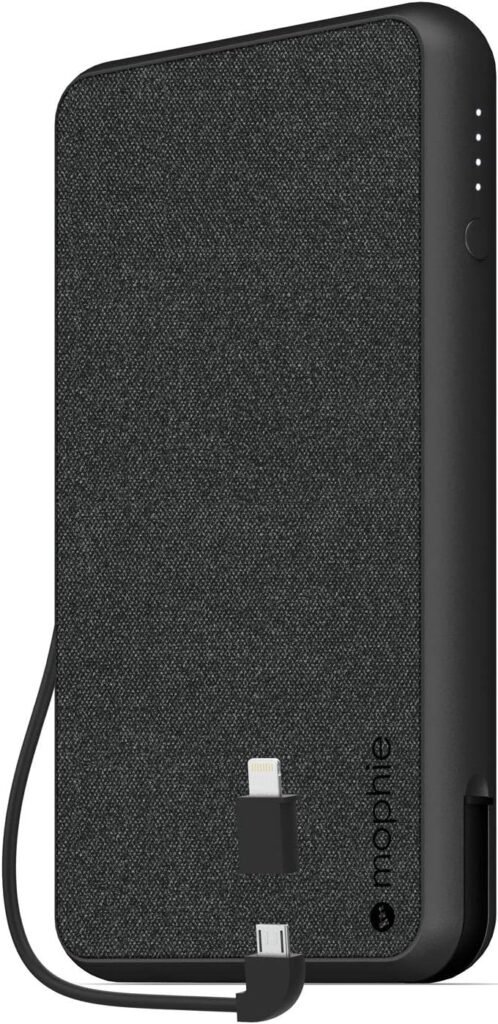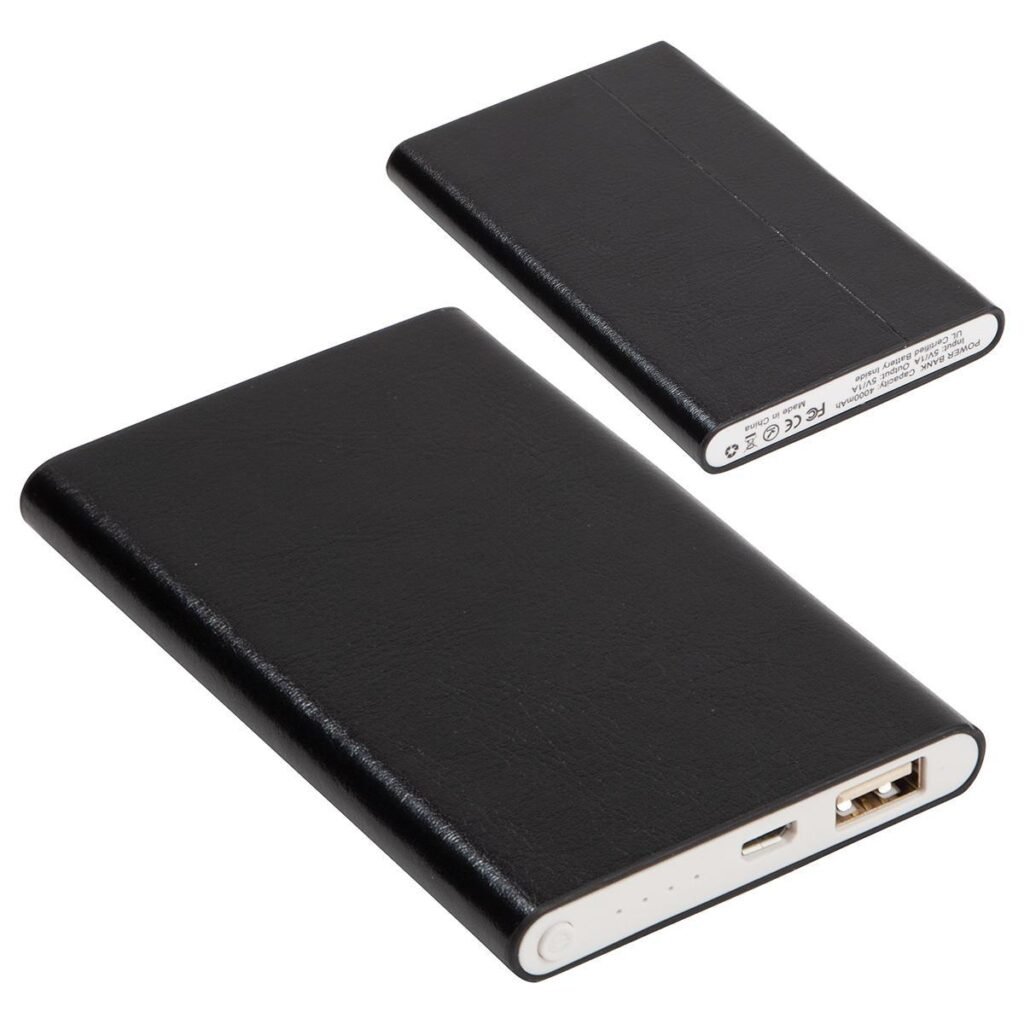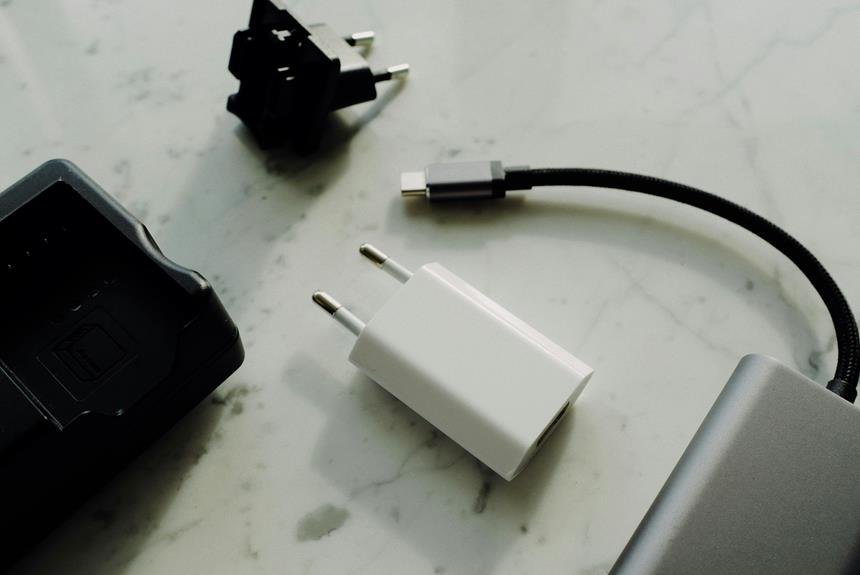Posted inCapacity and Charging
To charge your 30000mAh power bank, you'll first need to assess your charger's wattage. A 5W charger takes about 60 hours, while an 18W charger requires roughly 16-17 hours. Using…
Posted inBlog
A 4000mAh power bank will set you back anywhere from $10 to $50. The price varies based on brand, features, and design. Budget options around $10 offer basic functionality, while…
Posted inBlog
Using a high-quality power bank won't ruin your phone if you follow some basic guidelines. It's essential to use a power bank with stable voltage and current, ideally with built-in…
Posted inBlog
To charge your Ideaplay Power Bank, first identify the suitable input port—often micro-USB or USB Type-C. Match it with a compatible charging cable. Use a dependable adapter, ensuring voltage compatibility…





